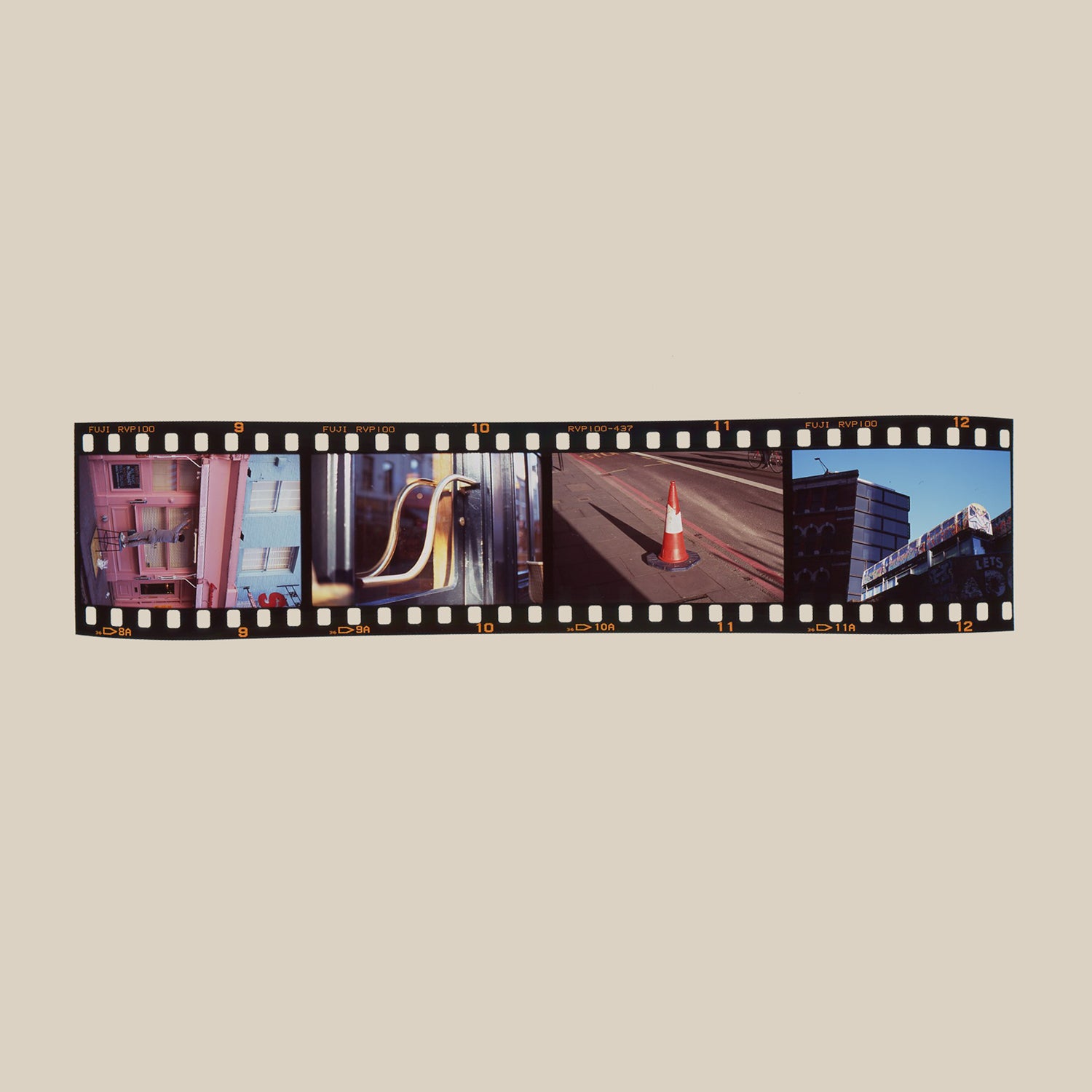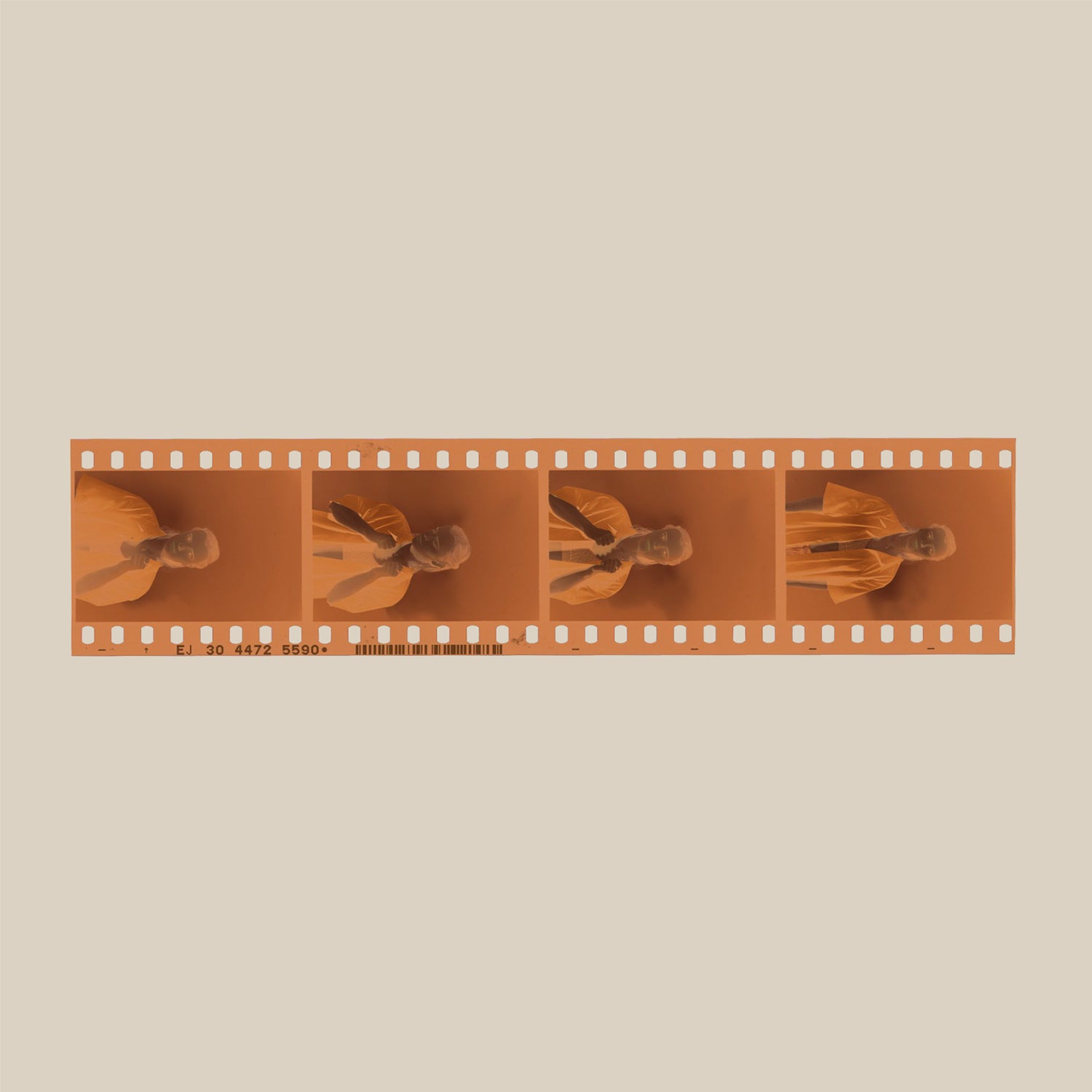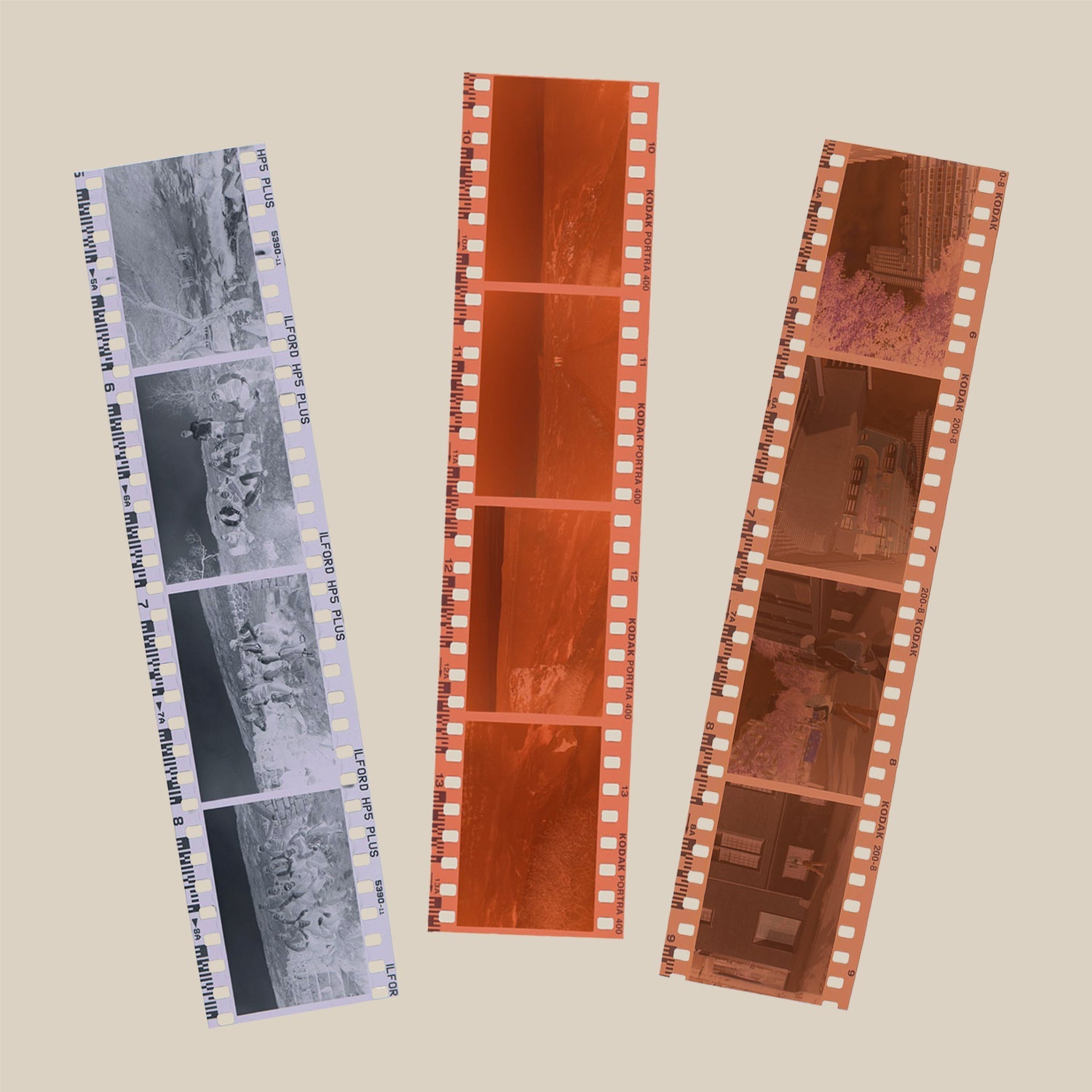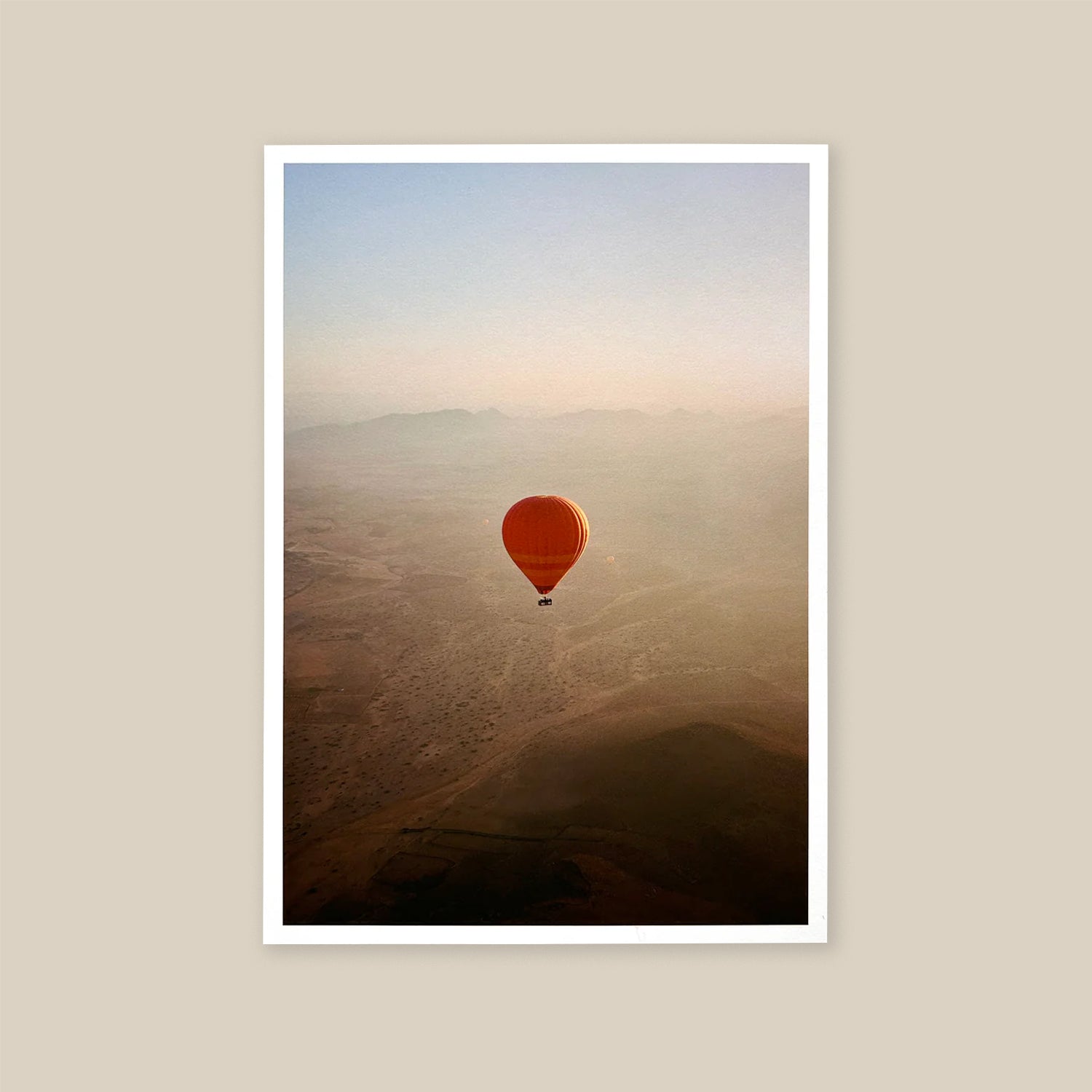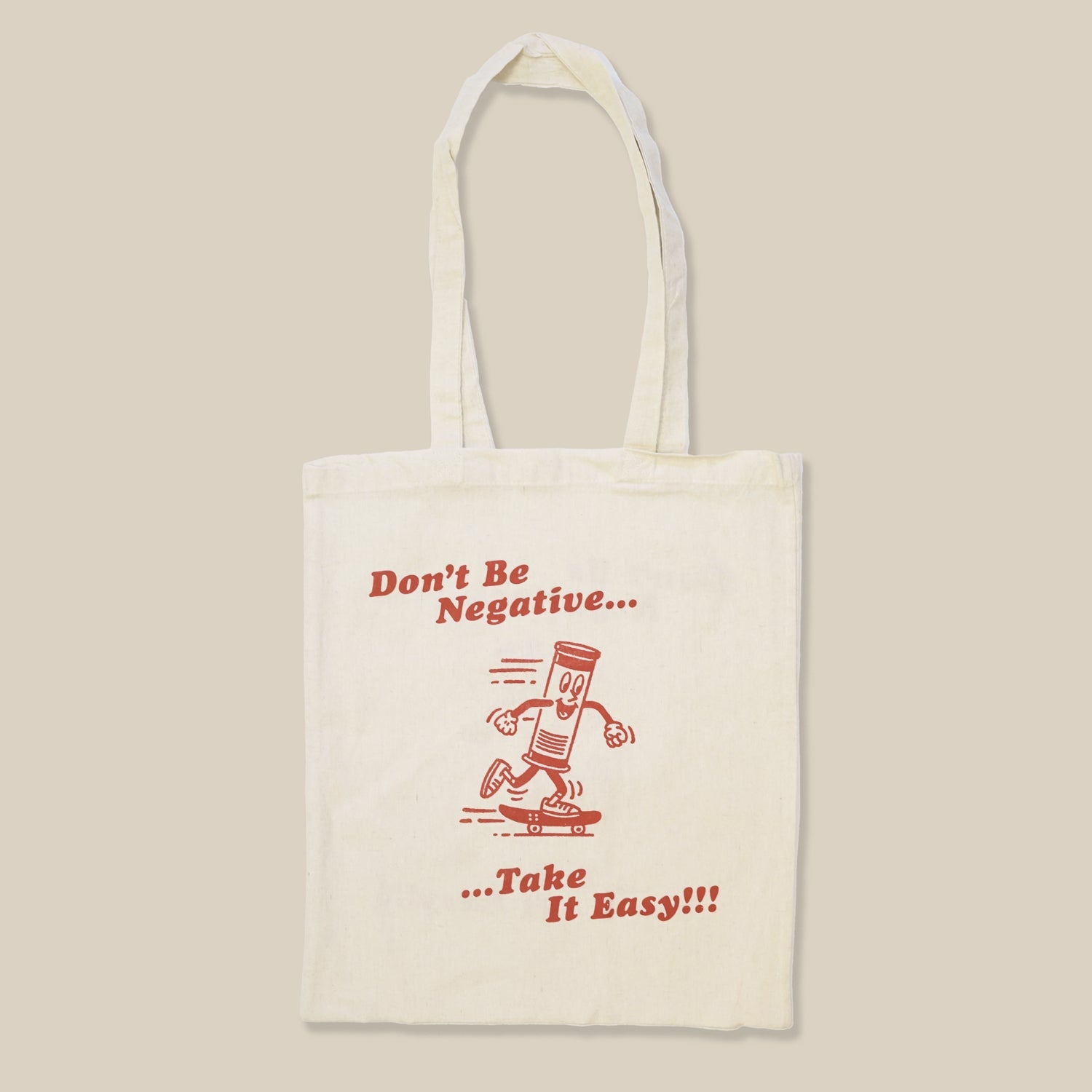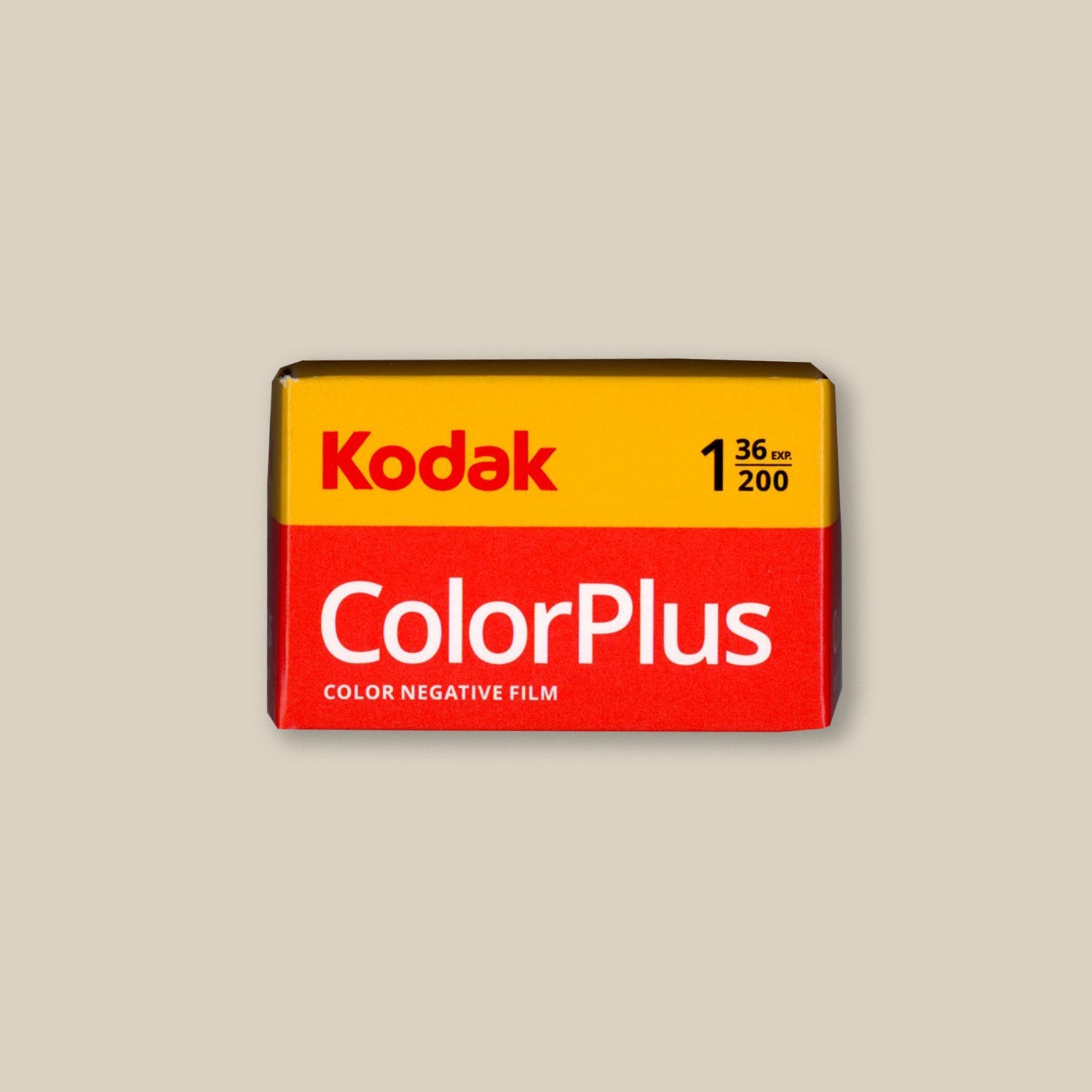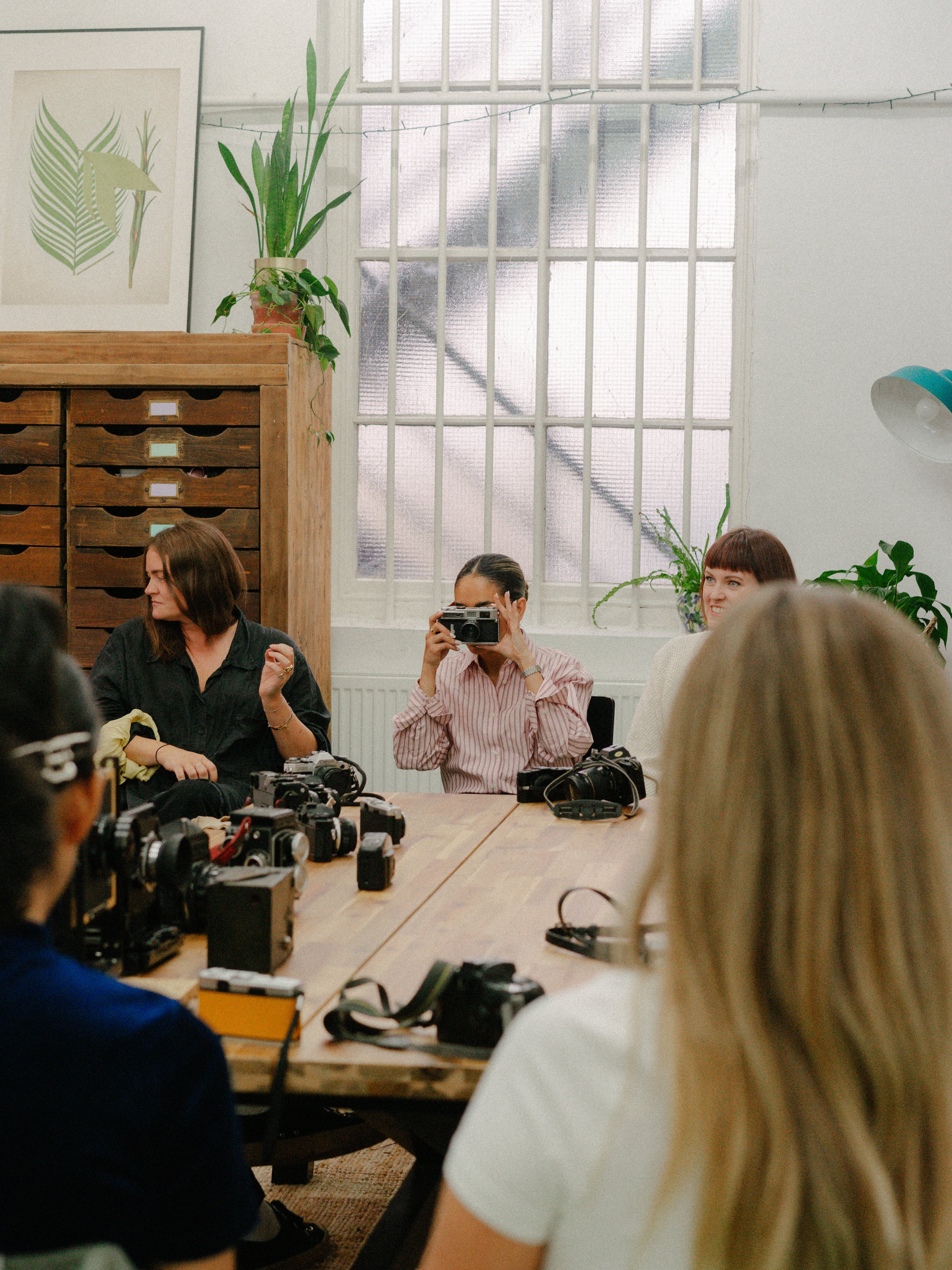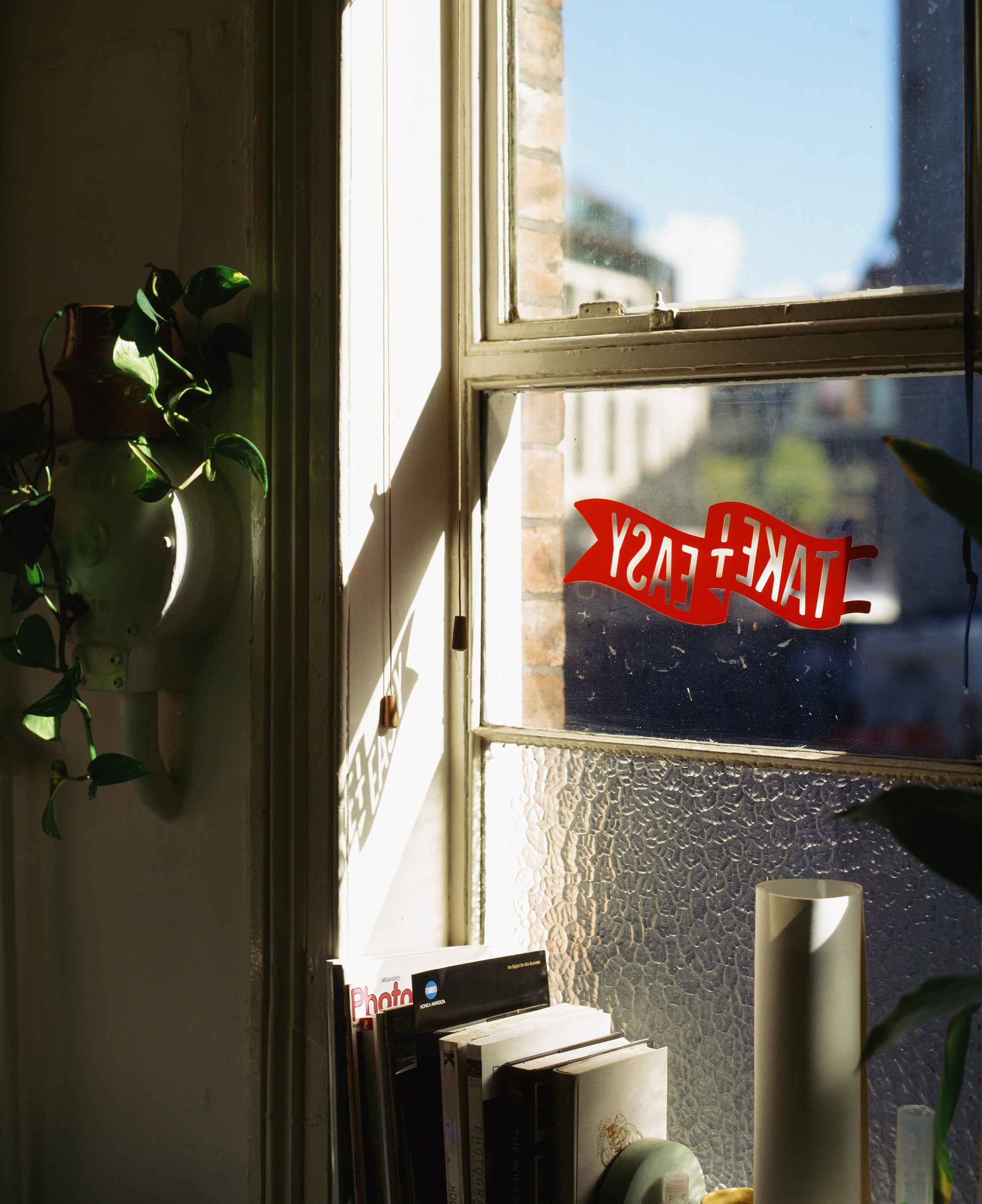

Colour film types explained - Colour Negative vs Slide Film
When choosing what film type to shoot most people only think about making the tough call of picking between colour or B&W, but things are more complicated once you've decided the colour life is for you. The next choice is deciding between colour negative film (C41) and colour positive film (E6).
The two main types of colour film
Colour negative is the one you're most likely to find nowadays, it's pretty easy to shoot and produces a negative image (hence the name), this can then be scanned or printed to give you your finished photo, simple! It's processed in a chemical process most commonly known as C41. Some common colour negative films are: Kodak Gold, Ultramax and Portra.
Colour positive is pretty much the opposite, when you process this film you end up with a positive image of whatever you shot. It's also known as 'reversal film' or 'slide film', because it can be made into slides and projected onto a screen (if you're old enough you might even remember falling asleep having to sit through a boring slide show of all your grandparent's holiday photos). It's processed in a chemical process knows as E6. Some common colour positive films are: Kodak E100, Fuji Velvia and Provia.

Pros and cons
The benefits of negative film are pretty simple: It's cheap(er), it's easy to shoot and you can have it processed at most labs; if you're in a rush to see your snaps you can even have it processed the same day!
The only real downside to negative film is that you can't really see how your images have come out without printing/scanning the film.
So, why would anyone bother to shoot positive/slide film? Well, there's a few reasons! The main one is that the colours delivered by slide film are often more 'true to life', the results you get with this film will be closer to what you saw when you clicked the shutter. The grain with slide film is also generally much finer than colour negative so you end up with very smooth images that can be enlarged in a more forgiving way than negative film.
The downside to slide film is that it is much less forgiving when you're shooting, if you get your exposure even slightly wrong, it's very unlikely you'll be able to rescue the photo in post processing. It's also more expensive to buy and to have processed than colour negative film.
Conclusions
As with anything film related - the best thing to do if you're unsure is to give them both a try. Go and experiment to see which films work for you and when it comes to processing, head on over to our colour processing page and send them our way!




